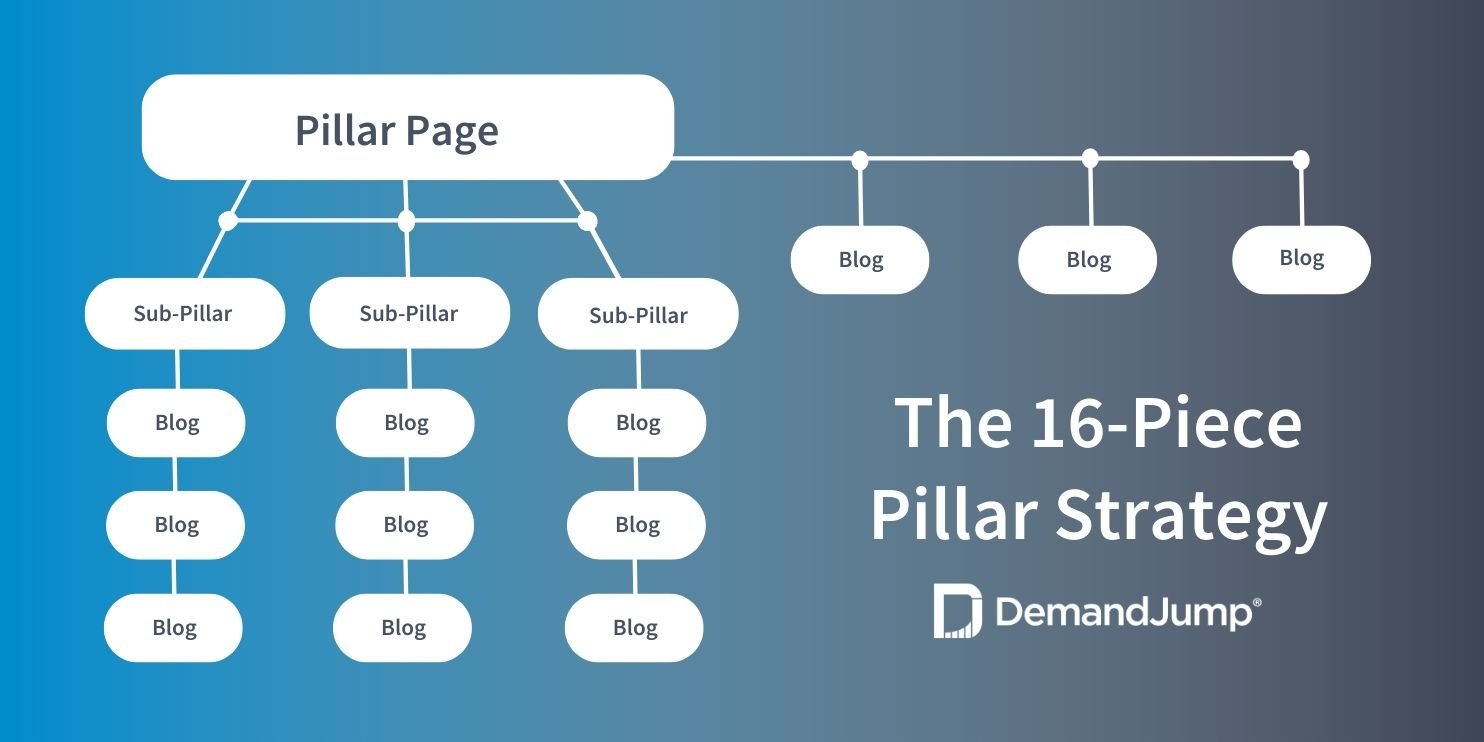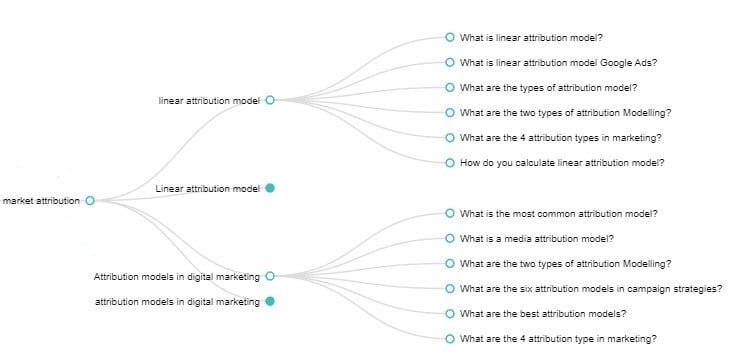In our increasingly digital age, search engine optimization (SEO) is a company’s means for survival. Long gone are the days that people relied on phone books to find businesses to satisfy their needs. In fact, 87% of all consumers use the internet to find information on local businesses.
It sounds pretty straightforward, right? To help potential customers find you, you need to improve your SEO. Creating an SEO strategy can take a lot of time and effort, though. To make that process easier, we created this guide to give you a basic overview of how to create a strategy and what to include in it.
What Is SEO in Digital Marketing?
SEO in digital marketing is the process of creating new content and improving your website and existing content, as well as the technical elements of both. It’s meant to boost your chances of potential customers finding your company organically on search engine results. To do so, you’ll have to prove to search engines that your content relates to a user’s search query and that you are an authority on that information. Google has made providing their users with helpful content a priority through their recent update.
You can take a few basic steps to get started with creation and optimization. First, make sure you write high-quality content. That means:
- Answering your target audience’s questions with clear, concise responses.
- Conducting keyword research so you use the same language as your target audience.
- Organizing the content to improve its flow and readability.
- Avoiding too much sales talk throughout. We recommend including a call to action at the end of your content instead.
- Taking out any jargon or acronyms that someone outside your company or industry wouldn’t understand. If you feel it necessary to use them, explain what they mean so that you don’t leave your audience with the need to look elsewhere for further explanation.
Once you post your content on your website, share it. Post about it on social media. Mention it in podcasts or webinars. Talk about it at conferences. Along with organic search, you have to spread the word about it to help people find it. You should also make sure to post content regularly. It shows your readers that they can trust you to provide them with timely, up-to-date information when they need it. Creating an SEO strategy plan will help you figure out what kind of content to write and when to post it, but more on that later.
For more specific guidance on how to use SEO in digital marketing, let’s take a look at the different types of SEO.
What Are the Types of SEO in Digital Marketing?
The four types of SEO in digital marketing are on-page, off-page, technical, and local SEO.
On-Page SEO
This type of SEO prioritizes optimizing what your audience sees in your website content. In addition to writing quality content, on-page SEO entails using keywords that your audience searches for. These keywords indicate to search engines that your content is relevant to your audience’s searches. That doesn’t mean, however, that you should stuff as many keywords as possible into a single piece of content. Rather, it means using the keywords related to your topic and writing relevant information to go along with those keywords. DemandJump can help you find these keywords.
You can also include images in your content to optimize it. Why is that? Whether you want to admit it or not, there’s still a child living in all of us who likes looking at the pictures in blogs and articles, especially in content that is long. Images break up big blocks of text and catch our eye. According to Quick Sprout, content that includes relevant images gets 94% more organic traffic than content that doesn’t include any images. People like pictures, so give them what they want, and you’ll see traffic take off!

One final step you can take to improve your on-page SEO is to create an internal linking system. This simply means linking to other pieces of content or other relevant pages on your website within each piece of content you create. We’ll touch more on how to do that in the marketing strategies section.
Off-Page SEO
Off-page SEO consists of any external sources that direct users from off-page to your website. It’s important because it shows search engines that you have trustworthy, valuable information to share. Off-page SEO sources include:
- Conference websites
- Guest blogs
- News articles
- Press releases
- Social media posts
The easiest way to boost your off-page SEO would be to start with upping your social media game. Consider posting regularly so that your connections or followers hear from you often. You might post about recent news in the industry, important statistics, or even a blurb about a recent piece of content you wrote. Each of these posts should include a link back to your website or the relevant piece of content.
As for guest blogs, chances are you’ll have to ask others to contribute a guest blog on their website before they’ll seek you out. If this type of off-page SEO interests you, start by looking up leaders within your industry or even companies from outside your industry who might have an interest in your offerings. From there, write to the marketing or content lead at that company to explain why your business can help their customers and what blog ideas you have for their site. When you write guest blogs, make sure to write original content for each blog to boost the amount of traffic to your website.
Technical SEO
This type of SEO has to do with how organized and easily navigable your website is. Without organization or quick loading speeds, you risk your visitors leaving almost as soon as they reach your site. As the name suggests, all these fixes are in the more technical environment of your website. You utilize this type of SEO to make it easier for search engine web crawlers to go through your content and index it in preparation for search queries. Indexing refers to how a search engine classifies you and your content so that it can more quickly provide users with search results when they type something into the search bar.
A few search engine optimization techniques that relate to the technical side of your website include:
- Avoiding duplicative information across your site
- Improving how mobile-friendly your website is
- Making your website more secure using a Secure Sockets Layer (as identified by an ‘https://’ at the beginning of a web link instead of an ‘http://’)
- Adding structured data markup to your website so that web crawlers can more accurately index your content
Local SEO
Finally, local SEO helps push your content higher in search results for users within your same geographic area. While you may not need to give as much attention to this type of SEO if you offer your products and services online no matter the location, it is especially important for businesses that do only operate in a specific area.
Consider these examples of SEO in digital marketing to boost organic traffic on the local level:
- Creating and/or editing your ‘Google My Business’ account to include relevant contact information, address, hours of operation, and website link
- Encouraging happy customers to leave reviews about your company
- Referring to local events or news in your content
- Using popular keywords for your area
What Are SEO Marketing Strategies?
Search engine optimization strategies in marketing are plans that combine all four types of SEO with the goal of increasing organic traffic to your website. To do that, you’ll need great content at the center of it all, meaning you should prioritize on-page SEO. If you want to get the most out of SEO strategy in 2023 and beyond, DemandJump recommends implementing Pillar-Based Marketing (PBM).
PBM is a marketing strategy that empowers you to create a web of content around a particular topic. You pick a short-tail keyword of two or three words to use as your pillar topic, what your entire web will focus on. From there you will write at least 16 pieces of content:
- 1 Pillar of about 3,000 words and using 20 keywords. Its title will match the pillar topic and provide general information about it. Make sure to use long-tail keywords as headers within your Pillar.
- 3 Sub-Pillars of about 2,000 words, each using 15 keywords. Titles will also be short-tail keywords, and they will provide slightly more specific information than the Pillar. They should link to the Pillar in the introduction.
- 12 Supporting Blogs of about 750 words and using 6-8 keywords. Titles are long-tail keywords, usually questions, and they provide the most specific information on a piece of the topic. These should link to the Pillar and related Sub-Pillar, if there is one, in the introduction.

Once you have written all the content for a pillar topic, you’ll want to publish all of it at once. It indicates to search engines that you have a lot of information on your topic, which improves your authority. When you publish your content, make sure to share it to boost your organic traffic. Remember, your content can’t have as much success if you don’t improve your SEO in other areas, too.
Other digital marketing strategy tips for SEO we have for you include:
- Creating a calendar for your strategy. Whether you create a monthly SEO plan, a quarterly one, or even a year out, having a schedule in place will keep your team accountable for consistent content creation and publication.
- Conducting a website audit to determine which pages aren’t performing well. Edit, lengthen, or add images to them.
- Matching URLs to the title of your web page or content. It makes it much easier for both search engines and readers to understand what the page is about.
- Setting SMART goals for yourself to track your success. SMART stands for specific, measurable, achievable, realistic, and timely.
- Using SEO tools to make optimization easier.
What Are SEO Tools in Digital Marketing?
SEO tools assist you with your digital marketing strategy by showing you how best to optimize your content and your website, so you don’t have to rely on guesswork or trial-and-error processes. Some examples of SEO tools are:
- Ahrefs Backlink Checker shows you how much of your traffic is coming from other websites or domains, as well as how much traffic those sites get themselves.
- BuzzStream recommends potential contacts to connect with about backlinking to your website.
- Check My Links will do exactly that—check to make sure all the links for your pages work.
- Google Analytics tells you where your site visitors are finding you and how much of that traffic is organic.
- Free SEO Report Card by UpCity reviews your website for information on:
- how your website ranks overall in search engines
- how much of your website has been indexed by search engines
- how fast your website loads
- how accessible your website is
- how authoritative your website is
- DemandJump teaches you how to create an effective PBM strategy, gives you the potential topics for your content, and provides you with keywords for each piece of content. You can also monitor how your content is performing once it’s published. And DemandJump can help you with some of the tasks that these other SEO tools can do, too.
SEO and Its Importance in Digital Marketing
The ultimate aim of SEO is to make it easier for search engines to index your website and relevant content. When search engines can better index your website, users can more easily find it. This means an increase in organic traffic to your website. And more organic traffic means, hopefully, more leads and conversions.
Implementing an SEO strategy builds credibility and authority for your website as well. Because SEO assists you in improving the look and readability of your website, viewers will stay on your website longer and find more useful information. Showing your audience that they can trust you and find answers to their pressing questions on your site will encourage them to give their business to you. All you need to start is a working SEO strategy.
How Do You Write an SEO Strategy? It Starts with DemandJump
To write a successful SEO strategy, you need to start with creating and publishing webs of content. For that, you need DemandJump. Simply type the topic or keyword you want to rank for into our platform, and the platform will generate a pillar strategy with suggested titles for sub-pillars and supporting blogs. It’ll look something like this:

From there, you can generate content briefs based on the title of the piece of content. These briefs contain short-tail and long-tail keywords to use in your content.
DemandJump doesn’t just aid you in content creation, though. It also helps you track the success of your content. Our Keyword Summary, Keyword Rankings, and Keyword Trends dashboards will show which Google search results page your content appears on for specific keywords and where your competitors rank for those same keywords. To see how DemandJump can boost your organic search traffic, try it out for free.












